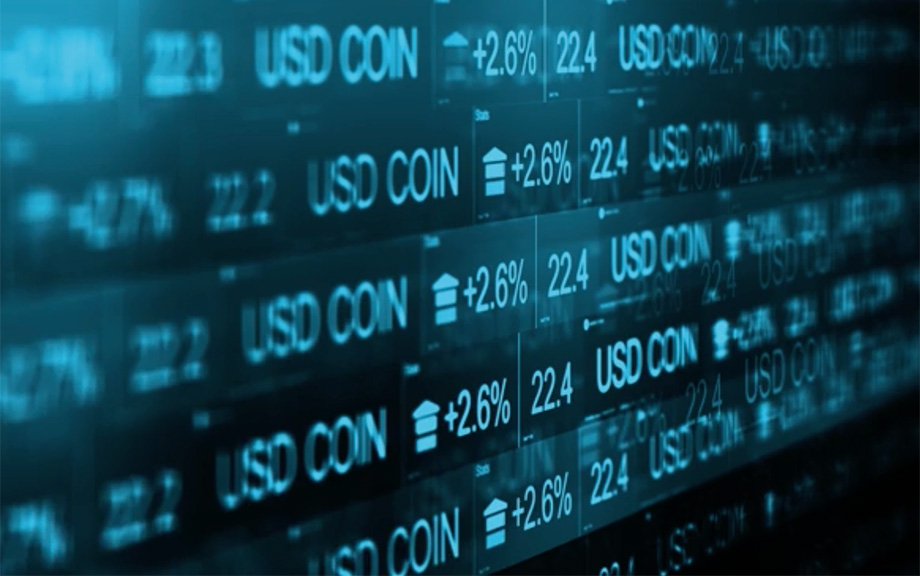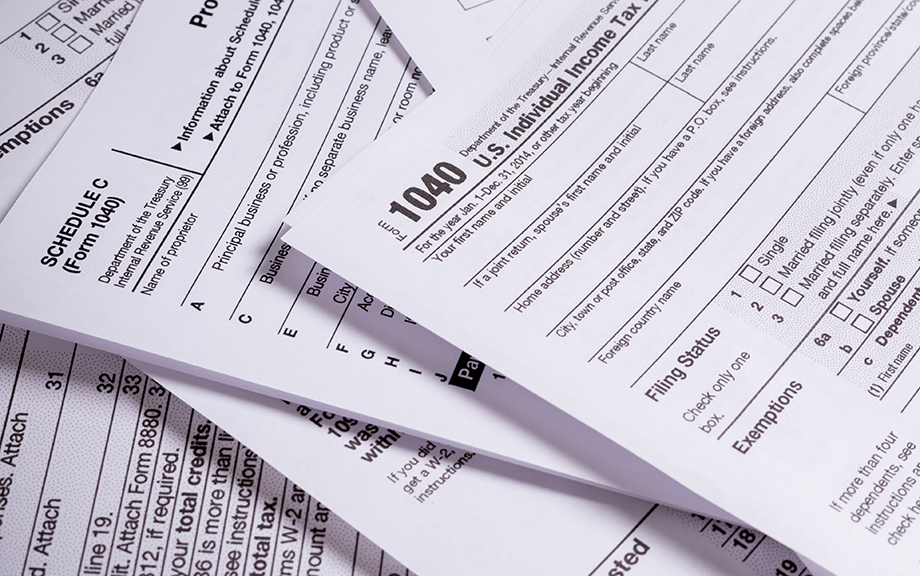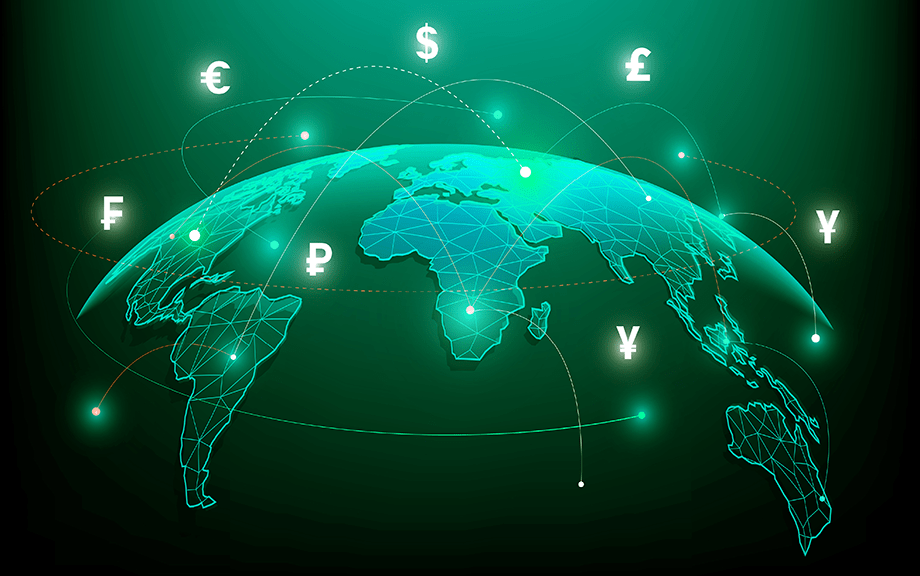Gauging the Strength of China’s Economy in Uncertain Times

Amid increasing pressure on the Chinese economy from China’s trade conflict with the U.S., assessing the strength of the Chinese economy will be an important watch point. In this post, we provide an update on China’s recent economic performance and policy changes. While China is likely to counter growth headwinds from the escalating trade tensions with additional policy stimulus, the country’s complex fiscal dynamics and the varying interpretations of the strength of its economic growth made judgments of the efficacy of China’s policy response challenging even in a more predictable environment. In this respect, we argue that aggregate credit is a simple and effective measure to gauge policy stimulus in China. At present, China’s “credit impulse”—the change in the flow of new aggregate credit to the economy relative to GDP—appears likely sufficient to allow it to muddle through with steady but not strong growth over the next year despite the intensifying trade conflict.
Stablecoins and Crypto Shocks: An Update

Stablecoins are crypto assets whose value is pegged to that of a fiat currency, usually the U.S. dollar. In our first Liberty Street Economics post, we described the rapid growth of stablecoins, the different types of stablecoin arrangements, and the May 2022 run on TerraUSD, the fourth largest stablecoin at the time. In a subsequent post, we estimated the impact of large declines in the price of bitcoin on cumulative net flows into stablecoins and showed the existence of flight-to-safety dynamics similar to those observed in money market mutual funds during periods of stress. In this post, we document the growth of stablecoins since 2019, including the evolution of the reported collateral backing major stablecoins. Then, we estimate the impact on the stablecoin industry of large bitcoin price increases that occurred between 2021 and 2025.
The Origins of Market Power in DeFi

In our previous Liberty Street Economics post, we introduced the decentralized finance (DeFi) intermediation chain and explained how various players have emerged as key intermediaries in the Ethereum ecosystem. In this post, we summarize the empirical results in our new Staff Report that explains how the need for transaction privacy across the DeFi intermediation chain gives rise to intermediaries’ market power.
When College Might Not Be Worth It

In our last post, we showed that the economic benefits of a college degree still far outweigh the costs for the typical graduate, with a healthy and consistent return of 12 to 13 percent over the past few decades. But there are many circumstances under which college graduates do not earn such a high return. Some colleges are much more expensive than average, and financial aid is not guaranteed no matter which college a student attends. In addition, the potentially high cost of living on campus was not factored into our estimates. Some students also may take five or six years to finish their degrees, which can significantly increase costs. Further, our calculations were based on median wages over a working life, but half of college graduates earn less than the median. Indeed, even when paying average costs, we find that a college degree does not appear to have paid off for at least a quarter of college graduates in recent decades. In this post, we consider when college might not be worth it and explore differences in the return to college by major.
Is College Still Worth It?

A college degree was once viewed as a surefire ticket to a good job and a clear pathway for upward mobility. However, concerns about the rising cost of college and the struggles of recent college graduates to find good jobs have led many Americans to lose confidence in higher education. This shift in sentiment has become even more widespread since the pandemic, as opportunities and wages have grown for those without a degree as labor markets strengthened. Indeed, many have been left wondering whether college is still worth it. In a two-part blog series, we offer an economic perspective on the value of a college degree, updating our previous research and analysis. This first post examines the costs, benefits, and return for the typical college graduate. We estimate the return to college at 12.5 percent, a rate well above the threshold for a sound investment. Our second post looks beyond the typical graduate and finds a college degree might not be worth it for at least a quarter of college graduates.
Will Peak Demand Roil Global Oil Markets?

“Peak oil”—the notion that the depletion of accessible petroleum deposits would soon lead to declining global oil output and an upward trend in prices—was widely debated in the late 1990s and early 2000s. Proponents of the peak supply thesis turned out to be wrong, given the introduction of fracking and other new extraction methods. Now the notion of peak oil is back, but in reverse form, with global demand set to flatten and then fade amid growing use of EVs and other low-carbon technologies. The arrival of “peak demand” would turn global oil markets into a zero-sum game: Supply growth in one region or field would simply push down prices, driving out higher-cost producers elsewhere. A key question is how U.S. producers would adapt to the new market environment.
Recent Shifts Seen in Consumers’ Public Policy Expectations

In this post we examine changes in households’ beliefs following the release of the December 2024 SCE Public Policy Survey, finding large shifts in consumer expectations about future changes in fiscal policy. Households assign higher likelihoods to a variety of tax cuts and to reductions in a range of transfer programs, while they assign lower likelihoods to tax hikes and expansions in entitlement programs. We do not find these sharp changes translate into meaningful shifts in median households’ near-term expectations about the evolution of the overall economy, nor do they appear to have significantly affected median near-term expectations about the household’s own income and spending growth.
Monetary Policy Spillovers and the Role of the Dollar

In the literature on monetary policy spillovers considered in the two previous posts, countries that would otherwise operate independently are connected to one another through bilateral trade relationships, and it is assumed that there are no frictions in currency, financial, and asset markets. But what if we introduce a number of real-world complexities, such as a dominant global currency and tight linkages across international capital markets? Given these additional factors, is it still possible to draw generalized conclusions about international policy spillovers—and can we still think of them as a fundamentally bilateral phenomenon? In our third and final post, we explore these questions by focusing on two key elements in the determination of international policy spillovers: the U.S. dollar and the Global Financial Cycle.
How Household Saving Affects Monetary Policy Spillovers

As covered in the first post in this series, the international transmission of monetary policy shocks features positive output spillovers when the so-called expenditure-switching effect is sufficiently large. Departing from textbook analysis, this post zooms in on the implications of differences across market participants with respect to their consumption preferences and ability to insure against income risk. The key message is that these features can, at least theoretically, change the impact of spillovers from positive to negative as well as alter their overall magnitude. These aspects of the international transmission mechanism are especially relevant when addressing spillovers from advanced to emerging economies.
Monetary Policy Spillovers in the Global Economy

Understanding cross-border interdependencies and inspecting the international transmission mechanism of policy shocks is the raison d’être of open-economy macroeconomics as an intellectual discipline. The relevance for the policy debate is pervasive: over and over in the history of the international monetary system national policymakers have pointed at—and voiced concerns about—the effects of policy actions undertaken in foreign countries on the outlook and financial conditions in their own domestic economies. The most recent example involves the spillovers of tighter monetary policies aimed at addressing the inflationary spikes associated with the COVID-19 pandemic. In this three-part series, we provide a non-technical introduction to the multifaceted literature on global spillovers, building in particular on our own research. This post introduces the subject and offers an overview of the classic transmission channels.










 RSS Feed
RSS Feed Follow Liberty Street Economics
Follow Liberty Street Economics